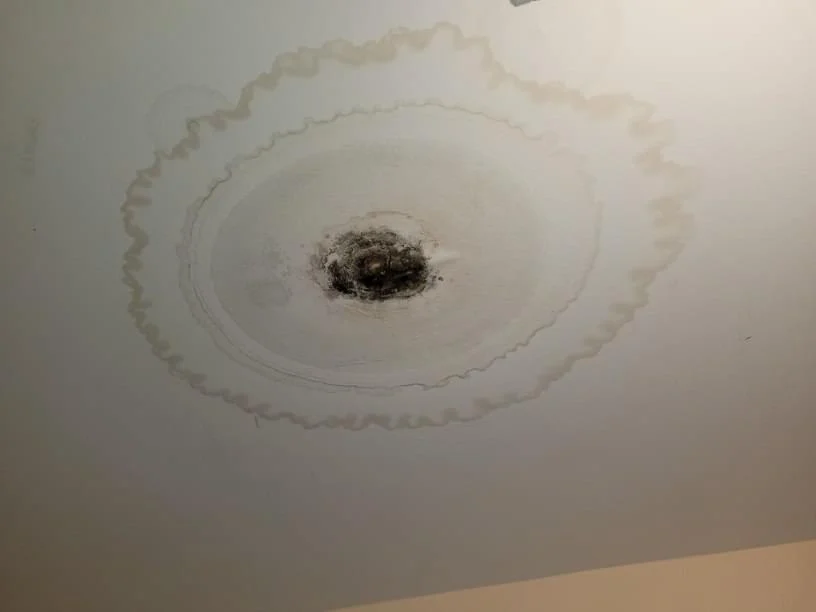If your roof is leaking, take steps immediately to repair it to reduce water damage in the attic and safeguard your belongings from being lost or destroyed.
Find and follow up the leak in your house until it reaches its source, which may prove challenging when rain is pouring down outside.
Sagging bulges
An obvious sign of water collecting on your ceiling may be a bulged ceiling, so it’s vital that it be assessed and addressed immediately in order to limit damage caused by it. Water can easily ruin carpets, drywall and furniture as well as leave an unpleasant mildew smell in your home. Ideally, the first step should be removing items in its path to protect them from permanent damage while reducing costly replacements costs.
Next, inspect your attic and roof for signs of leaky roofing, including cracking or damaged rafters or trusses, leaning walls that lean inward or outward and any walls leaning inward or outward that could indicate framing issues – these could indicate any leaky roof issues as well as foundational ones.
Water stains
If you notice water spots on the ceiling, it is essential to determine whether they are related to your roof. They could also be caused by leaky pipes or heating appliances as well as other non-roof issues.
If the stains appear near a skylight, chimney, attic vent or dormer it’s highly likely they are due to roof leaks. As these areas are frequently subjected to extreme temperatures they are particularly prone to leaks; thus it’s essential that caulking and flashing remain in good condition for optimal functioning.
If stains are due to condensation, an expert roofing consultant might advise upgrading insulation in the attic and sealing gaps to stop future water penetration. You can also improve ventilation and use a quality water softening system to lower humidity in your home; painting over any visible stains might provide temporary cover-up; however this won’t seal perforations or prevent future water damage.
Damage to the ceiling
Leaks in roofs can cause water damage to ceilings. Attic insulation and drywall become waterlogged, leading to brown stains on walls and ceilings as well as mold and mildew growth.
Professional roof repairs should always be sought; however, if the repair work doesn’t need to be done immediately and you possess all of the safety gear needed for working on roofs yourself, steps may be taken to minimize damage and lessen potential problems.
Step one is to place a container beneath any dripping water, taking extra caution if the roof is steep or far from the ground. Next, sweep water away from any problematic areas before covering them up using roofing nails to secure them securely and prevent further ingress of water into your home. If tarping cannot help or does not work as intended then at least sweep off excess moisture regularly from problem spots before applying roofing nails securely to block further leakage into your home.
Mold
An untreated roof leak can quickly lead to mold and mildew growth in your home, which in turn spreads throughout and poses serious health hazards for anyone with respiratory sensitivities, allergies or compromised immune systems.
Moisture and warmth provide ideal conditions for mold growth, and roof leaks provide ideal conditions. Fungi can begin growing in your attic space before making its way indoors where air quality deteriorates while further spreading through living rooms, bedrooms, and kitchens – ultimately decreasing air quality even further and fuelling further growth of mold spores.
If you notice signs of black mold on your ceiling, it is critical that it is evaluated immediately. Fungi can cause serious respiratory issues for all members of the household and require professional services for repair if necessary; otherwise it will continue resurfacing over time.


